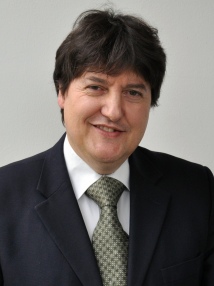BibTex format
@article{Rohanova:2016:10.1002/jbm.b.33818,
author = {Rohanova, D and Horkavcova, D and Paidere, L and Boccaccini, AR and Bozdechova, P and Bezdicka, P},
doi = {10.1002/jbm.b.33818},
journal = {Journal of Biomedical Materials Research Part B: Applied Biomaterials},
pages = {143--152},
title = {Interaction of HEPES buffer with glass-ceramic scaffold: Can HEPES replace TRIS in SBF?},
url = {http://dx.doi.org/10.1002/jbm.b.33818},
volume = {106},
year = {2016}
}

